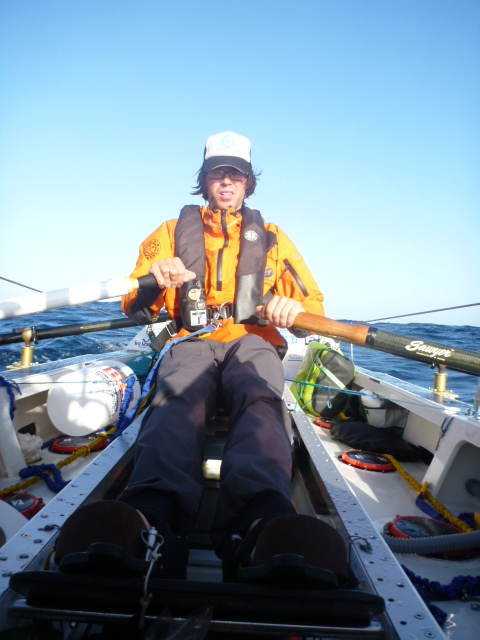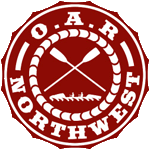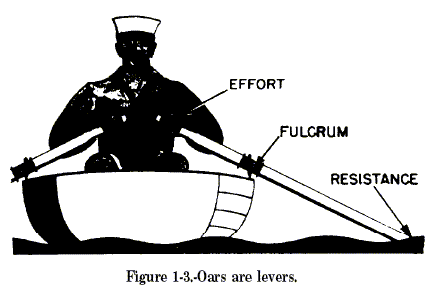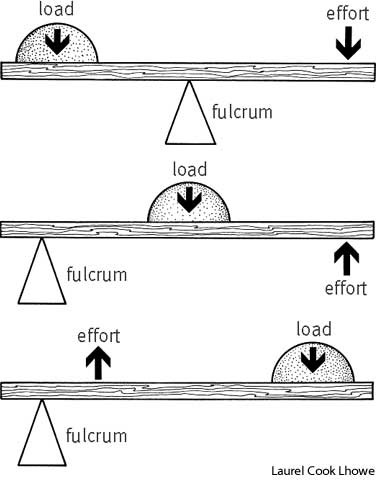Week 1: Module 1: Date 1/31/13
How does one exactly row an ocean rowboat? I mean you just stick the oar in the water and push, right? or is it pull? Why am I facing backward? Help! I can’t see where I am going!!

Lets check out a description from the boat on rowing in swells.
Our big 1500 kg rowboat dances. Not so much in the beam seas we have been experiencing but a few of the right waves came our way today. Aft is perfect, but even at 65 and seventy degrees can start the rhythm. The swell rises and we slide down the face and the boat slows then surges through us and pulls the boat forward as it runs ahead of us. The load lightens, enough that we have to time our strokes on the slow parts of the waves to keep up and then pausing, slowly moving up the slide waiting for the next wave. The feeling that something so big is now acting so nimbly with minimal effort is joyful, especially after several days of slogging.
A gold star and a place on the site for the best illustration from a student that depicts what is happening in the narrative!
The science of rowing is really quite an in-depth field and has many subtleties. For a very comprehensive and scientific look at rowing check out this site.
http://www.atm.ox.ac.uk/rowing/physics/basics.html#section1
For a slightly less scientific explanation let’s look at a few images.
These images demonstrate how the oars are one of the most basic machines, a lever. All levers have three things, effort,a fulcrum and resistance. There are three types of levers, 1st, 2nd and 3rd class. These levers differ by the location of three parts. An oar is an example of a 1st class lever (or 2nd class, depending on your perspective). Can anyone give an example of the other two levers? Here is an image depicting the three types of levers to give you a hint.
When we examine this drawing we can see the basic parts of the rowing stroke and see why they sit backwards. We will look at this more in-depth during Module 4 on the body in a few weeks.




